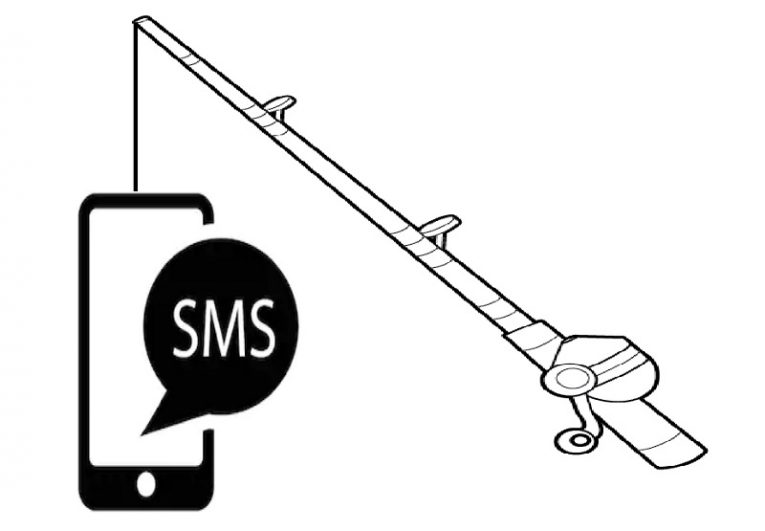How to Spot Text Scams and Deal With the Messages

By now, most internet users are aware of the dangers of online fraud in general, and phishing in particular. This smart way for malicious actors to trick users into giving away valuable information is hardly a new or unexplored phenomenon. Fooling users into clicking a link through to a website where a keylogger is automatically installed on the device without the user knowing is also a favorite tactic of hackers everywhere. Tricking people into entering their username and password into a bogus web form that appears genuine but actually just deposits the information that the user just gave up into the hacker's hands – these are just some of the dangers that internet users need to be vigilant about when browsing the web.
By now, so many people have fallen prey to malware that the vast majority of users have learned a thing or two about the matter, if only through hearsay and informational osmosis. Phone scams are also very much alive in the public conscience. While fraudsters still manage to prey on ill-informed or vulnerable individuals, by and large, the general public seems to be aware that that sort of thing can happen. And in the words of the great author Frank Harbert "Knowing where the trap is—that's the first step in evading it."
Unfortunately, while the general public is aware of fraudulent phone calls and the bogus nature of things like the Nigerian Prince emails, few people associate text messages with the danger of being tricked or hacked.
This is a huge blind spot. Bogus messages and SMS phishing, also known as "Smishing", are actually a trick that fools quite a few people each year, with some IT security experts even going so far as to classify it as a problem on par with phishing and ransomware distribution.
Fortunately, there are ways for a user to protect themselves from such attacks. They just have to know what to do and what not to do in order to avoid falling prey to scammers. The most important part of dodging that particular trap is to be on the lookout for the following tell-tale signs that you're dealing with a fraudster.
Signs to Look for That Mark an SMS as Smishing
- Unrecognized senders: whenever you receive a text message, look at the sender. Unless you recognize the number it might be safest to assume it's from someone suspicious. The same is true if you think the number of the sender is odd.
- Requests for personal information: Nowadays, almost no one with anything good in mind would ask you for personal information from users via text message. Organizations that wish to fill in their databases will contact you in another way. If anyone ever does that, chances are that they're probing you to share your address, bank account details, or other private data for their own ill ends.
- Texts containing links: While links within text messages are not inherently suspicious, they should be treated with caution. Unless you trust the source that's sending you the link completely, you are probably better off ignoring it. Even if you do trust the source – be on the lookout for bogus links that contain a concealed spelling mistake – the likes of "www.microsotf.com."
- Urgent messages: Messages that urge the user to do something quickly, lest said user miss an opportunity or incur some sort of loss. Cracking this one requires just a minuscule dose of common sense – what sort of person would try to alert you of some pressing matter over a text message? The type of person that's pulling your leg, obviously.
What to do When you Recognize a Fraudulent Message?
- Don't ever interact with the sender. Even if such messages persist, never try to contact the sender, as that may further mark you out as a potential target to be attacked from another angle.
- Delete the message.
- If bogus messages keep popping up, see what you can do to block the sender.








